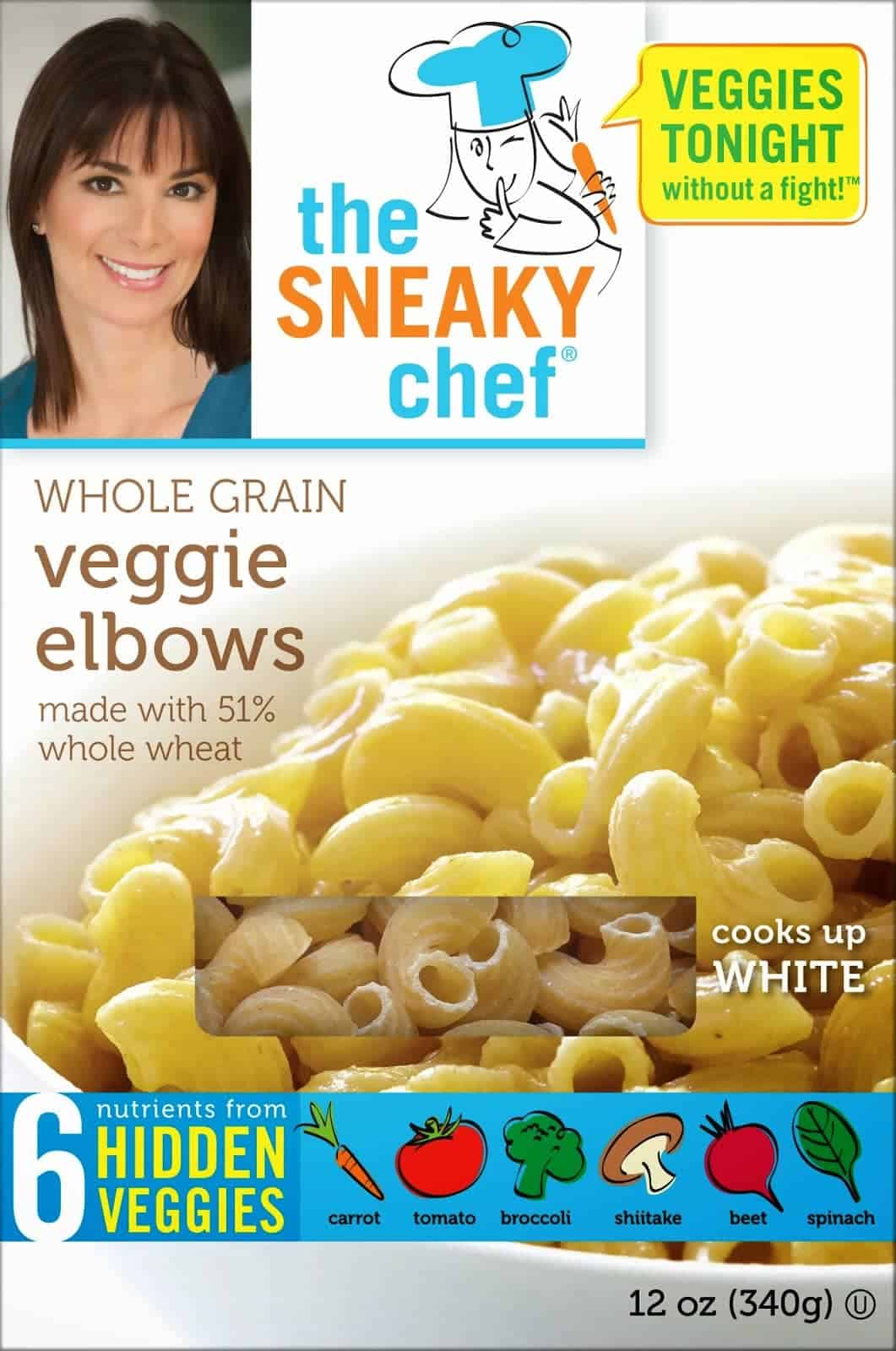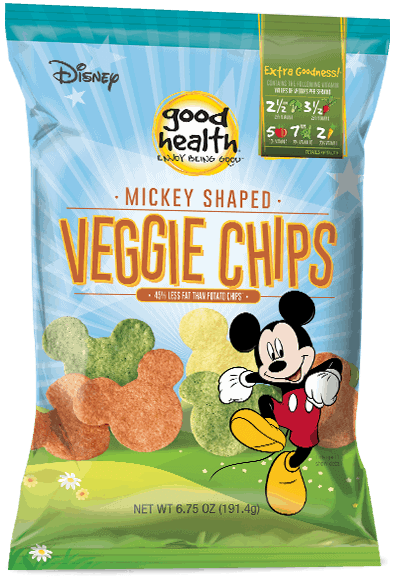The Medical Food Trend is Growing
Hippocrates once said, “Let food be thy medicine and medicine be thy food.” Despite the advancements in medical technology, many people are now considering medical food and nutrition to treat diseases and improve health conditions.
In a survey conducted by Nielsen, 39% of American households have someone who suffers from a particular ailment. And with the aging population increasing, chronic diseases will only grow in the coming years. Traditionally, people have turned to medications to solve these problems.
According to the Nielsen’s Global Health and Ingredient Sentiment Survey, 70% of consumers worldwide and 60% of the American respondents noted that they are actively making choices for their health to avoid different conditions like diabetes, high blood pressure, obesity, and high cholesterol.
What is Medical Food?
Medical food is a new concept, but it is defined as food formulated for the dietary management of diseases with distinct nutritional needs that a traditional diet cannot fulfill. Medical food should be nutritionally complete and are designed to meet the distinct nutritional requirements of particular patients.
Companies like Hormel and Nestlé are now looking into medical foods to help their consumers manage their ailments through nutrition. Manufacturers want to join the niche of medical food because of the rising trend. Food brands who are delving into medical food are looking into producing foods intended for patients suffering from obesity, lactose intolerance, diabetes, Crohn’s disease, and gluten intolerance. Food companies understand that being health-conscious is one thing but using medical food is a safer way to treat chronic illness.
The Future of Medical Food
The concept of medical foods is still in its infancy stage, but many question its future. With many people suffering from chronic diseases, consumers are looking for ways on how to manage their conditions without relying too much on conventional medicine and treatments.
Medical foods will go through a lot of scrutiny than conventionally processed foods. The extra attention that medical food gets will not only be focused on its nutrition claims, but also its safety as well as marketing. Marketing is critical because brands should not sell medical foods that fail to meet its promises.
The U.S. Food and Drug Administration is responsible for regulating medical foods under the Food Drug and Cosmetic Act Regulations 21 CFR 101.9(j) (8). The regulations for medical foods is not yet that strict, so food companies are not required to get approval by the FDA nor undergo premarket review. Moreover, they are exempted from getting labeling requirements for its health claims. Although the regulations for medical foods are not that stringent, they will surely change as the market expands. Medical food has a bright future but will face challenges from the FDA and consumers as the industry niche grows.
Inspired by http://www.fooddive.com

 This shift towards clean eating has not gone undetected by food manufacturers. As a result, many manufacturers have developed new products with one goal in mind and that is to create delicious products charged with clean ingredients.
This shift towards clean eating has not gone undetected by food manufacturers. As a result, many manufacturers have developed new products with one goal in mind and that is to create delicious products charged with clean ingredients.



